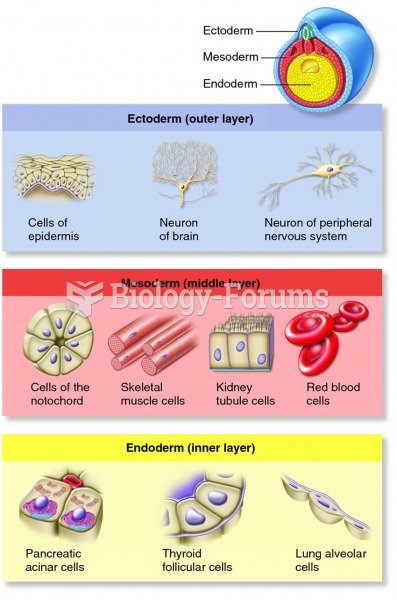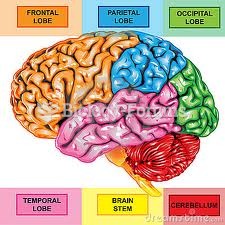Answer to Question 1
Brain tumors, also called neoplasms, can affect cognitive functioning in serious ways. Tumors can occur in either the gray or the white matter of the brain. Two types of brain tumors can occur. Primary brain tumors start in the brain. Most childhood brain tumors are of this type. Secondary brain tumors start as tumors somewhere else in the body, such as in the lungs. Brain tumors can be either benign or malignant. Benign tumors do not contain cancer cells. They typically can be removed and will not grow back. Cells from benign tumors do not invade surrounding cells or spread to other parts of the body. If, however, they press against sensitive areas of the brain, they can result in serious cognitive impairments. They also can be life-threatening, unlike benign tumors in most other parts of the body. Malignant brain tumors, unlike benign ones, contain cancer cells. They are more serious and usually threaten the victim's life. They often grow quickly. They tend to invade surrounding healthy brain tissue. In rare instances, malignant cells may break away and cause cancer in other parts of the body. Common symptoms of brain tumors include headaches (usually worse in the morning); nausea or vomiting; changes in speech, vision, or hearing; problems balancing or walking; changes in mood, personality, or ability to concentrate; problems with memory; muscle jerking or twitching (seizures or convulsions); and numbness or tingling in the arms or legs. The diagnosis of brain tumor typically is made through neurological examination, CT scan, or MRI. The most common form of treatment is a combination of surgery, radiation, and chemotherapy.
Answer to Question 2
The cerebral cortex plays an extremely important role in human cognition. It enables us to think. Because of it, we can plan, coordinate thoughts and actions, perceive visual and sound patterns, and use language. Without it, we would not be human. The cerebral cortex forms a 1- to 3-millimeter layer that wraps the surface of the brain somewhat like the bark of a tree wraps around the trunk. In human beings, the many convolutions, or creases, of the cerebral cortex include three elements. Sulci (singular: sulcus) are small grooves. Fissures are large grooves. And gyri (singular: gyrus) are bulges between adja- cent sulci or fissures. These folds greatly increase the surface area of the cortex. If the wrinkly human cortex were smoothed out, it would take up about 2 square feet.
The volume of the human skull has more than doubled over the past 2 million years, allowing for the expansion of the brain, and especially the cortex. The surface of the cerebral cortex is grayish. It is sometimes referred to as gray matter because it primarily includes the grayish neural-cell bodies that process the information that the brain receives and sends. In contrast, the underlying white matter of the brain's interior includes mostly white, myelinated axons.







